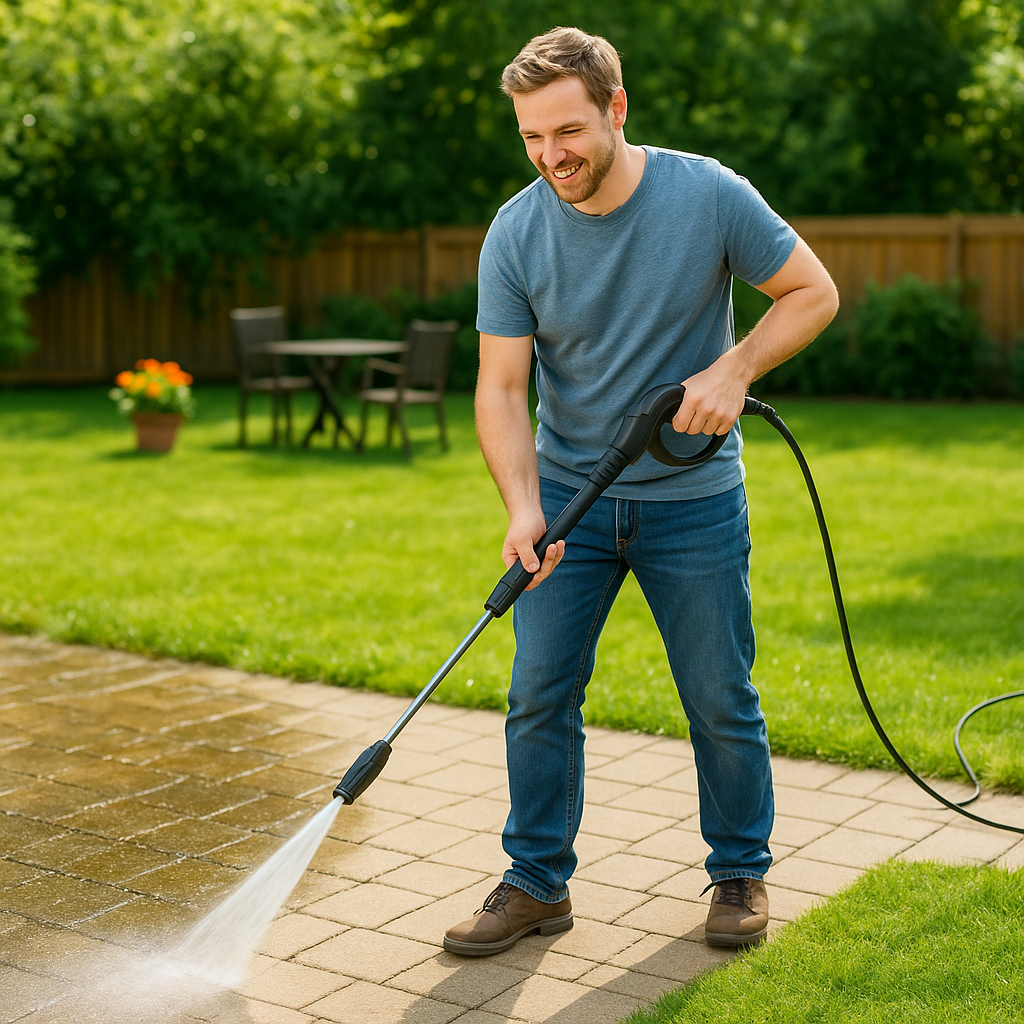
Calibrate Your Sprayer for Optimal Results:
Proper calibration ensures accurate application rates, leading to effective weed, insect, and disease control and higher yields. Use clean water during calibration and refer to Bonhoeffer’s recommended methods for precise measurements.
Focus on Nozzle Performance:
The deposition of chemicals matters as much as the quantity applied. Familiarize yourself with your sprayer’s nozzles and their patterns. Check for clogs and ensure proper overlap for complete coverage. Avoid using metal objects to unclog nozzles.
Ensure Uniform Spray Patterns:
Non-uniform spray patterns can result from clogged nozzles, variations in nozzle tips, and uneven boom height. These issues lead to untreated areas and reduced pest control. Address them promptly to maintain consistent results.
Set Correct Boom Height:
Achieving proper overlapping requires appropriate boom height for the nozzle spacing. Bonhoeffer’s guidelines can help you determine the right height to ensure effective spray distribution.
Maintain Steady Travel Speed:
Consistency is key when it comes to travel speed. Avoid drastic changes as they can impact application rates. Stick to your optimal speed to prevent over- or under-application of pesticides, maximizing efficiency and minimizing waste.
Master Spray Pressure Control:
Fluctuations in pressure lead to altered droplet size, spray pattern, and application rate. Extremely low pressure narrows the spray angle, causing inadequate overlap and untreated streaks. On the other hand, high pressure increases drift-prone droplets, impacting coverage.
Optimize Chemical Usage:
Make the most of your investment by preventing spray drift, which can result in chemical wastage. Avoid spraying in windy conditions that promote drift. Minimize drift risk by maintaining low spray pressure, using low-drift nozzles, and employing tactics like proximity to the target, drift retardant adjuvants, and selective spray timing.
Be Prepared for Quick Fixes:
Carry spare nozzles, washers, tools, and other essential parts to swiftly address minor issues in the field, ensuring uninterrupted spraying operations.
Consistent Calibration Matters:
Regularly calibrate your sprayer throughout the season for peak performance. Keep in mind that different field conditions and travel speeds affect the application rate. Multiple calibrations, especially when transitioning between fields, help maintain accuracy and efficiency.







